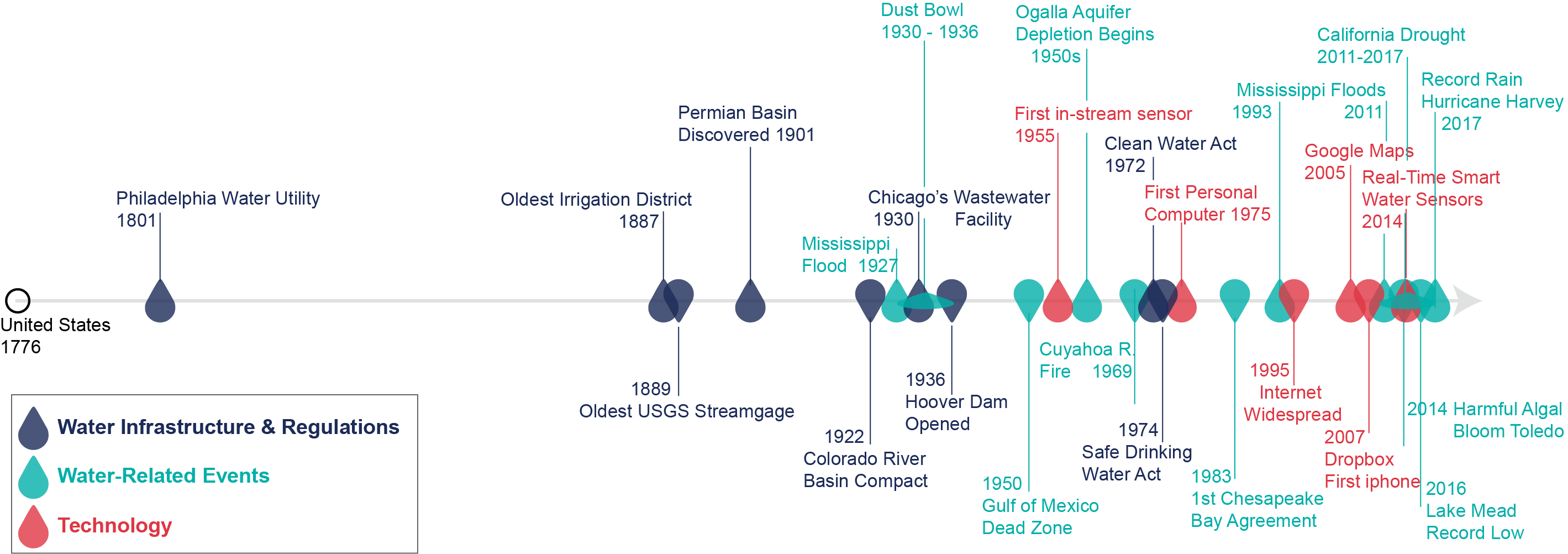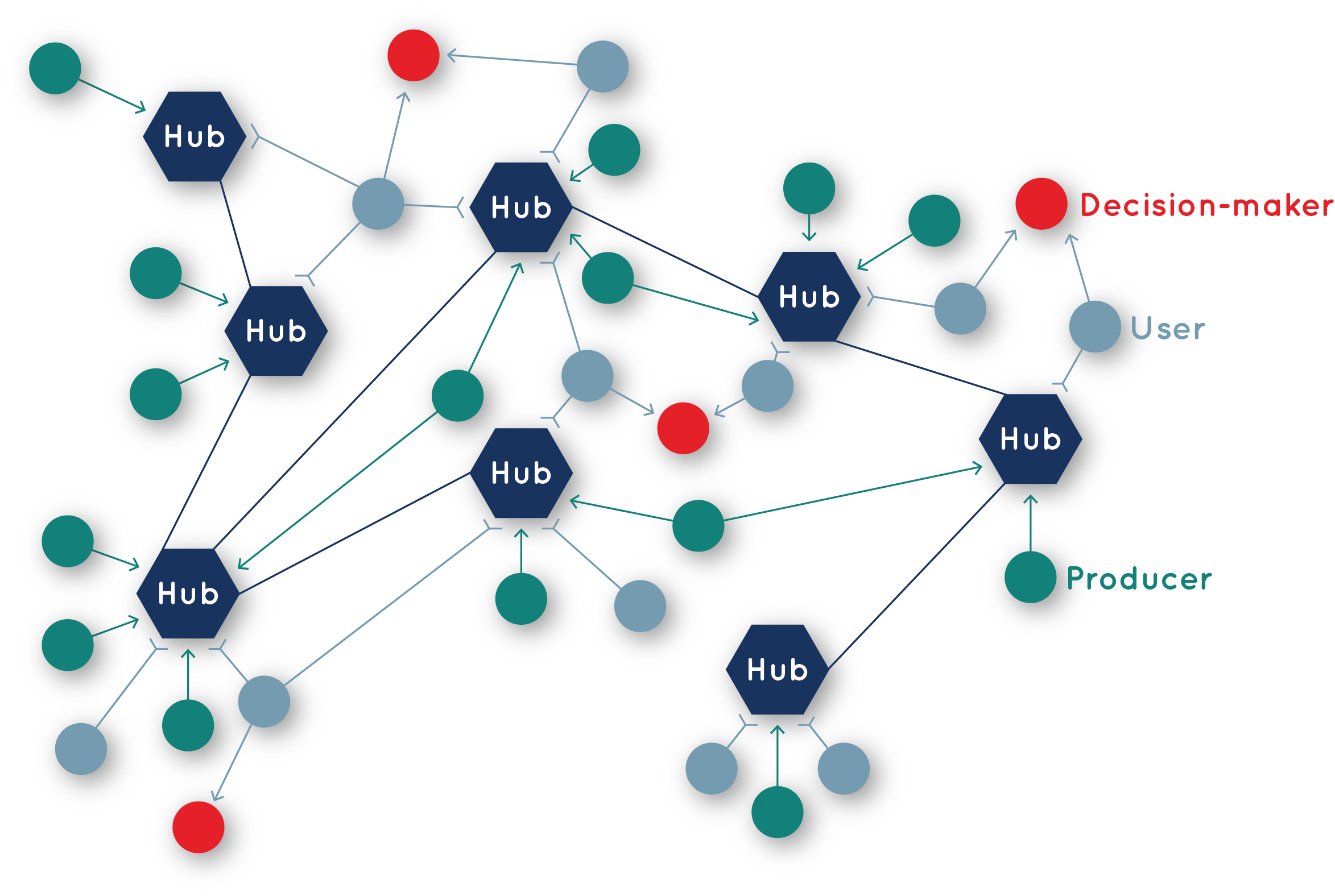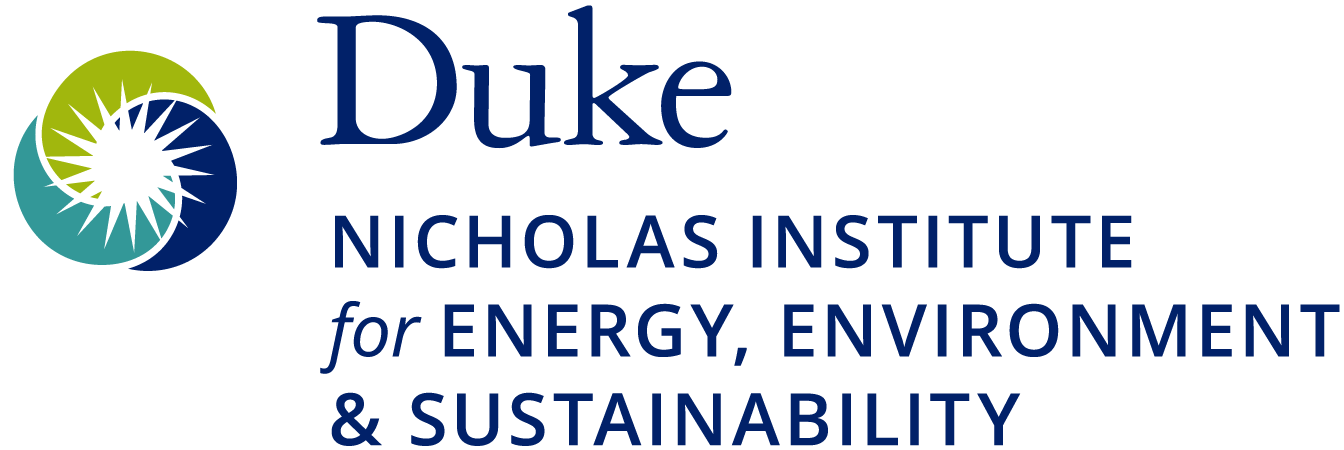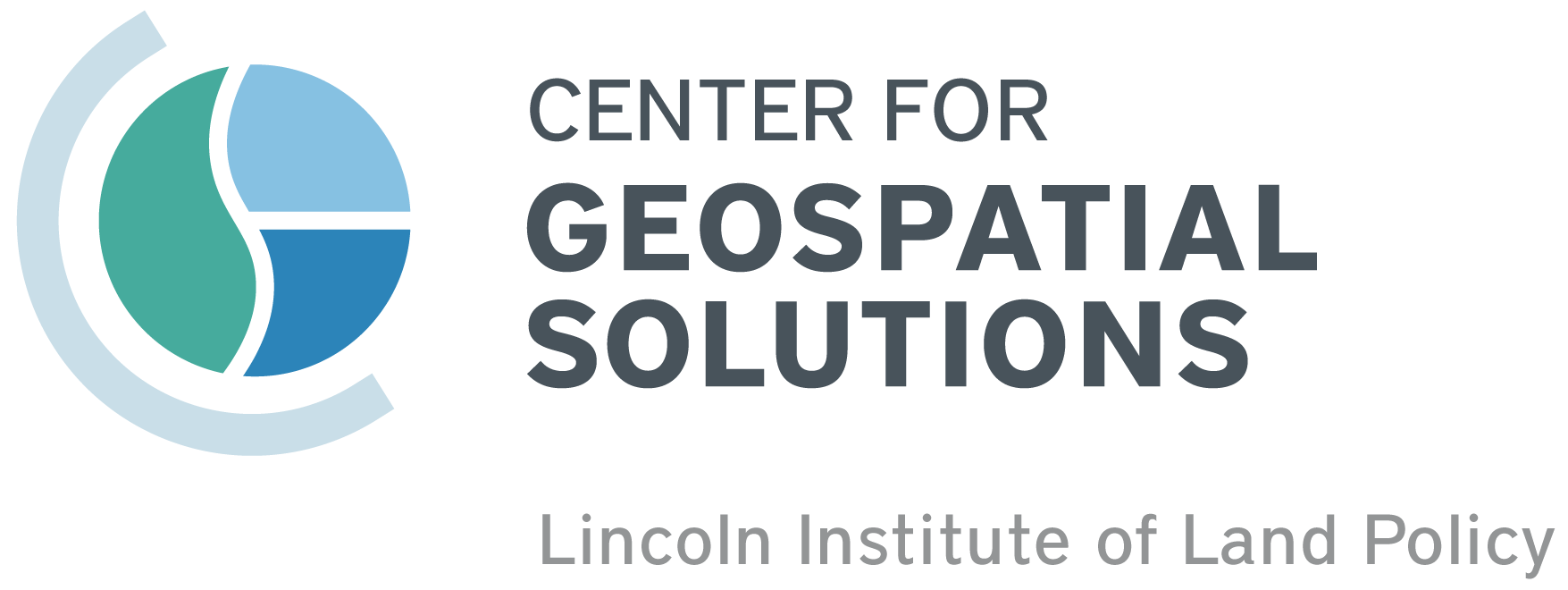Who We Are
The Internet of Water Coalition is a group of organizations working together with federal, state, and local government partners to build foundational water data infrastructure across the US and create a community of people and organizations using water data to make better decisions.
THE WATER CHALLENGE
Meeting 21st Century Challenges with 21st Century Solutions

WHY AN INTERNET OF WATER?
Communities Call for Modern Water Management
If data are hard to discover or share across platforms, they will not be used to drive decisions. This can create uncertainty and costly inefficiencies as water resources become more scarce.
Now imagine a world where you can easily look up groundwater levels as you house-hunt, quickly check the water quality at your child’s school, or open an app to check if a river or lake is safe for swimming. Imagine improved forecast accuracy for timely warnings about harmful algal blooms, droughts, or floods. Imagine precisely managing water, reducing uncertainty, and streamlining infrastructure to avoid redundancy and maximize efficiency. Imagine making regulations more precise to protect the environment and human health. This Internet of Water Coalition strives to realize such a world.
- Data producers – entities that collect data for a specific purpose and have authority over what and how data are being produced, including organizations managing citizen science and crowd-sourced data (e.g., a wastewater treatment plant producing data about surface water conditions, a state agency holding water rights data, an NGO collecting water data samples, a private company taking meter readings).
- Data hubs – formalized, structured source of open water data managed by data curators that standardize data submitted to the hub. Hubs may produce or provide access to data from producers. (e.g., U.S. Environmental Protection Agency’s Water Quality Exchange and Portal, which references all available water quality data; the Water Data Exchange of the Western States Water Council, which shares water rights and use data for all Western states).
- Data users – entities that use water data to create information and value. Primary users are the producers who use the data they collect to meet a specific mission (e.g., a state environmental quality agency that regulates wastewater treatment plants, a reservoir operator regulating the flow of water through a dam). Secondary users create value by combining multiple types of data from multiple organizations (e.g., a conservation organization building stream restoration maps from data held by a utility, state, and reservoir operator; a private company assessing, modeling, and visualizing the environmental impacts of real estate development).
- Decision-makers – leverage information and insights generated by water data users and producers to inform policy and water management.
- The IoW Network – The water data community and the water stakeholders it serves.
Figure: Conceptual diagram of the IoW Network






